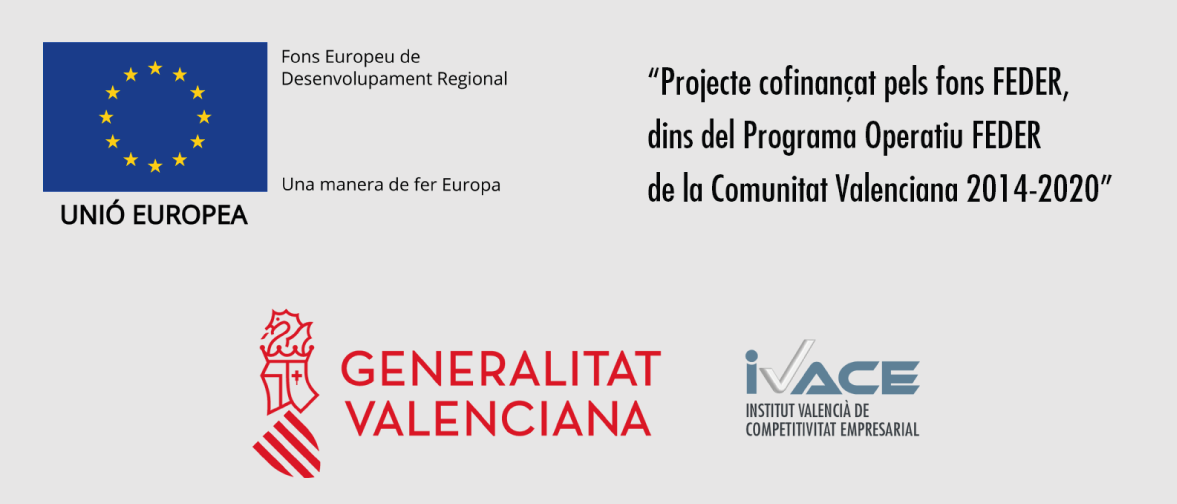2.2. - MAPPING & COUNTING PROTOCOL
The current protocol (Mapping & Counting) differs from the Tophat/Hisat2 & Cufflinks protocol in that transcripts are counted to quantify the expression patterns and both the mapping, and the differential expression analysis, are performed without a GTF/GFF file. To complete the tutorial via the mapping & counting protocol, we use the 9 fastq files (BI1 to BI5 and BC1 to BC4) as well as the RefSeq fasta file with the transcripts of the fSpaAur1.1 release. In this this tutorial we will use a transcriptome data set as reference instead of the genome because we are not going to use the GTF file.

